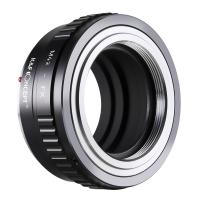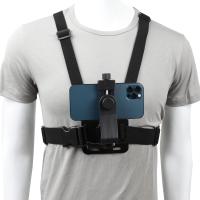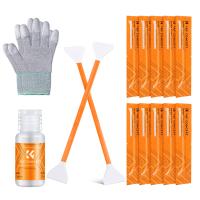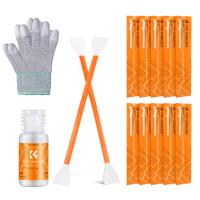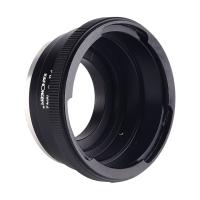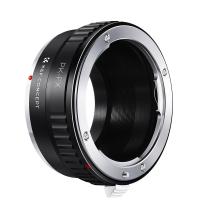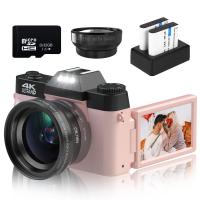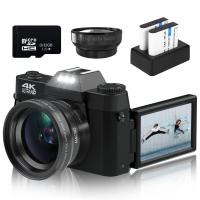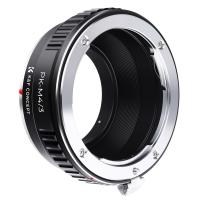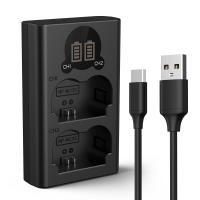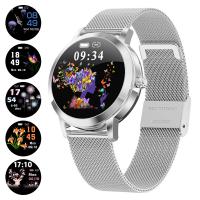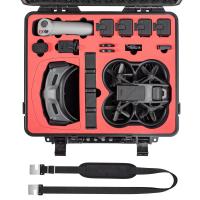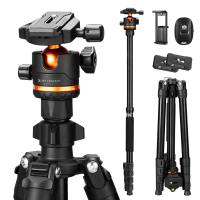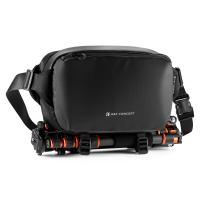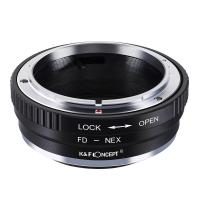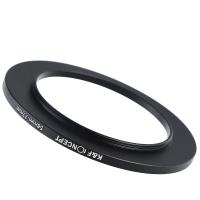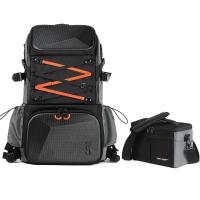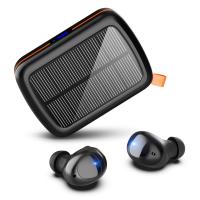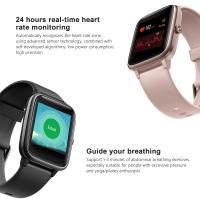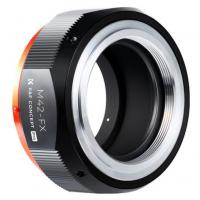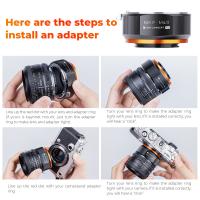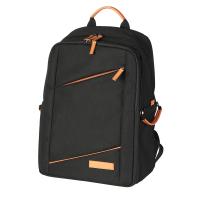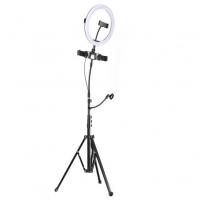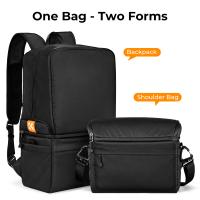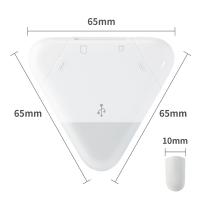Does This Lens Fit My Camera?
When it comes to photography, one of the most common questions that both amateur and professional photographers ask is, "Does this lens fit my camera?" This seemingly simple question can be quite complex, given the variety of camera brands, models, and lens types available on the market. Understanding lens compatibility is crucial for achieving the best photographic results and ensuring that your investment in camera equipment is worthwhile. In this article, we will delve into the key factors that determine lens compatibility, provide practical tips for selecting the right lens, and address common concerns that photographers may have.
Understanding Lens Mounts
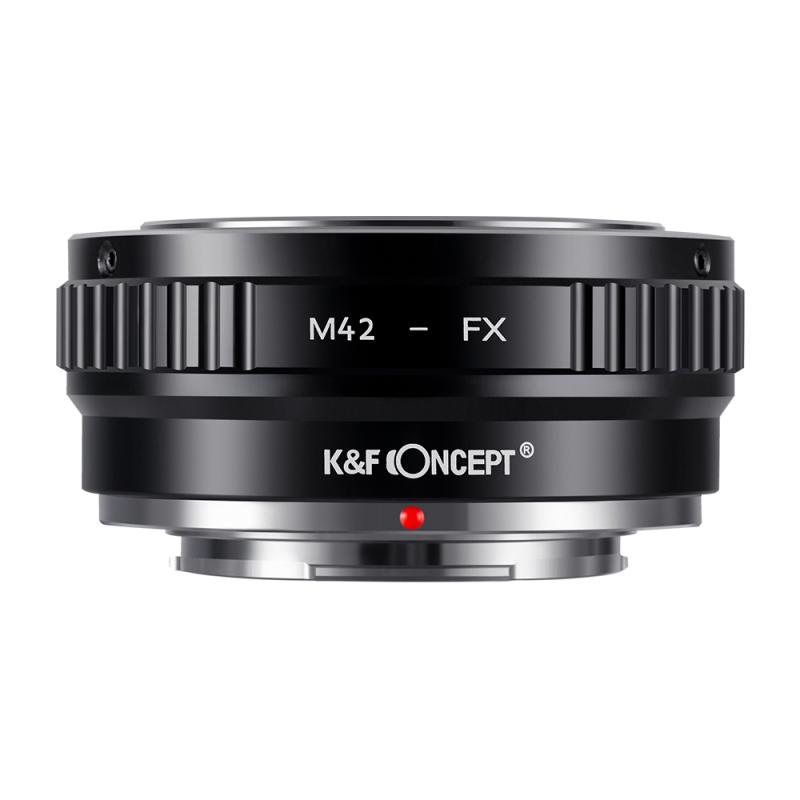
The first and foremost factor in determining whether a lens will fit your camera is the lens mount. A lens mount is the interface between the camera body and the lens. Different camera manufacturers use different types of mounts, and even within a single brand, there can be multiple mount types. For example, Canon uses EF, EF-S, and RF mounts, while Nikon uses F-mount and Z-mount. Sony has A-mount and E-mount systems.
Canon Lens Mounts
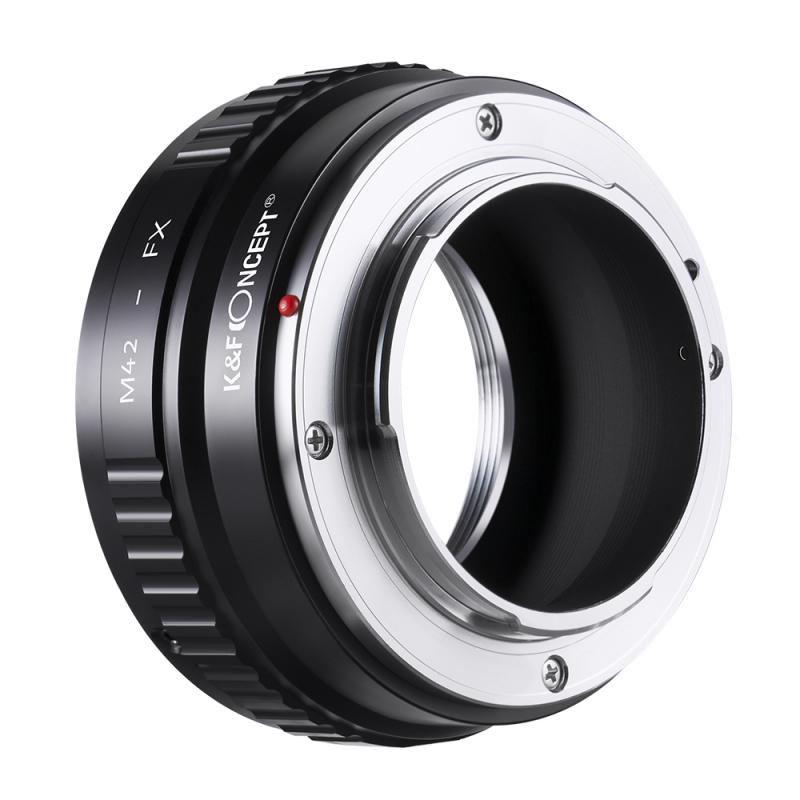
- EF Mount: Compatible with full-frame and APS-C DSLR cameras.
- EF-S Mount: Designed specifically for APS-C DSLR cameras.
- RF Mount: Used for Canon's mirrorless full-frame cameras.
Nikon Lens Mounts
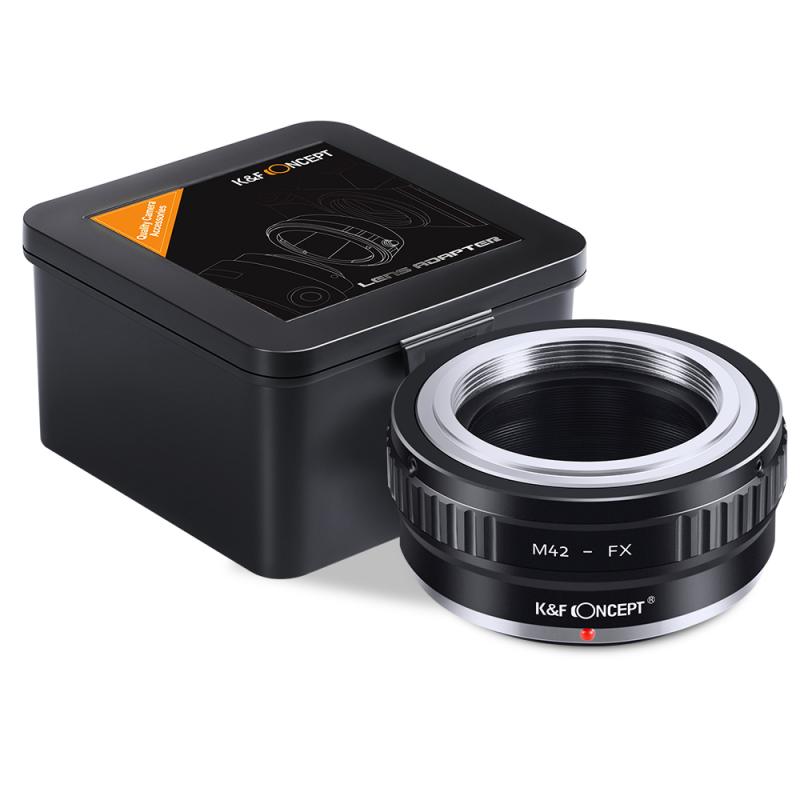
- F-Mount: Used for both full-frame and APS-C DSLR cameras.
- Z-Mount: Designed for Nikon's mirrorless cameras.
Sony Lens Mounts
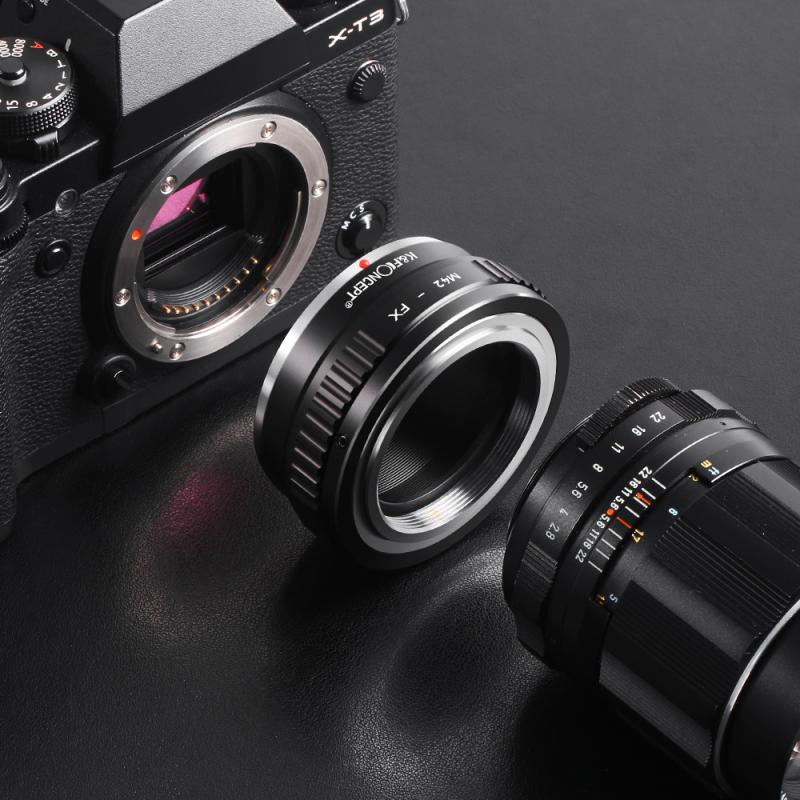
- A-Mount: Used for Sony's DSLR and SLT cameras.
- E-Mount: Compatible with Sony's mirrorless cameras.
Checking Compatibility
To determine if a lens will fit your camera, you need to check the lens mount type of both the camera and the lens. This information is usually available in the camera and lens specifications. If the mount types match, the lens should physically fit the camera. However, physical fit is just one aspect of compatibility.
Autofocus and Electronic Communication
Modern lenses and cameras often rely on electronic communication for features like autofocus, image stabilization, and aperture control. Even if a lens physically fits a camera, it may not function correctly if the electronic communication protocols are not compatible. For example, older lenses may not support autofocus on newer camera bodies, or certain features like image stabilization may not work.
Using Lens Adapters
Lens adapters can be a solution for using lenses with different mounts on your camera. Adapters are available for many combinations of lens and camera mounts. However, using an adapter can have some drawbacks:
- Loss of Autofocus: Some adapters do not support autofocus, requiring manual focus.
- Reduced Image Quality: The use of an adapter can sometimes degrade image quality.
- Incompatibility with Certain Features: Features like image stabilization and electronic aperture control may not work with an adapter.
Crop Factor Considerations
When using lenses designed for full-frame cameras on APS-C cameras, or vice versa, you need to consider the crop factor. APS-C sensors are smaller than full-frame sensors, resulting in a narrower field of view. The crop factor is typically around 1.5x for Nikon and Sony APS-C cameras and 1.6x for Canon APS-C cameras. This means that a 50mm lens on an APS-C camera will have an effective focal length of 75mm (Nikon/Sony) or 80mm (Canon).
Practical Tips for Selecting the Right Lens
1. Identify Your Camera's Mount: Check your camera's manual or specifications to identify the lens mount type.
2. Research Compatible Lenses: Look for lenses that are specifically designed for your camera's mount. Manufacturer websites and photography forums can be valuable resources.
3. Consider Your Photography Needs: Different lenses are suited for different types of photography. For example, wide-angle lenses are great for landscapes, while telephoto lenses are ideal for wildlife photography.
4. Check for Electronic Compatibility: Ensure that the lens supports the electronic features you need, such as autofocus and image stabilization.
5. Read Reviews and Test: Before making a purchase, read reviews and, if possible, test the lens on your camera to ensure it meets your expectations.
Common Concerns and Solutions
Will a Full-Frame Lens Work on an APS-C Camera?
Yes, a full-frame lens will work on an APS-C camera, but the field of view will be narrower due to the crop factor. This can be beneficial for telephoto photography but may not be ideal for wide-angle shots.
Can I Use an APS-C Lens on a Full-Frame Camera?
Using an APS-C lens on a full-frame camera is generally not recommended, as it can result in vignetting (dark corners) and reduced image quality. Some full-frame cameras have a crop mode that can mitigate this issue, but it reduces the resolution of the images.
What If My Lens Doesn't Support Autofocus on My Camera?
If your lens does not support autofocus on your camera, you can still use it in manual focus mode. Manual focus can be challenging, especially for fast-moving subjects, but it can also provide greater control and precision.
Are Third-Party Lenses a Good Option?
Third-party lenses from manufacturers like Sigma, Tamron, and Tokina can be excellent alternatives to brand-name lenses. They often offer good quality at a lower price. However, it's essential to check compatibility and read reviews to ensure they meet your needs.
Determining whether a lens fits your camera involves understanding the lens mount, checking for electronic compatibility, and considering factors like crop factor and intended use. By following the practical tips outlined in this article, you can make informed decisions and select the right lens for your photography needs. Whether you're a beginner or a seasoned photographer, understanding lens compatibility will help you get the most out of your camera and achieve the best possible results in your photographic endeavors.


